Winter photography isn’t always as simple as it seems. It’s a careful mix of fighting the elements and using your photography skills to produce images that really capture the mood of the moment. There are a lot of aspects that you have to keep in mind in order to capture something worth the while. This video tutorial highlights some tips and tricks for better winter photography:
1. Add Color
A winter landscape is essentially devoid of colors. The trees don’t have leaves, the landscape is white with snow, and most scenes come across as practically you can pass it off as a monochrome. Adding a bit of color makes an image far more interesting. Try using the color wheel as a reference.
In the color wheel, yellow and orange are opposite to blue, making them complementary colors. A yellow or orange object added to a blueish winter scene makes for a pleasing point of interest.
2. Adjust White Balance
Adjusting the white balance can make a big difference to your winter images. Adjust your white balance based on what you think the scene looked like when you took the picture.
3. Look for Simplicity
Many times a snowy landscape is nothing more than a simple white and black composition. That essentially keeps things minimalistic and simple.
4. Find the Details
A winter scene isn’t always remarkable just because there is snow on it. Sometimes you have to go beyond your comfort zone in order to capture a great image. One way of doing it is by trying to capture detail. Using a macro lens is a great way to achieve that.
5. Capture the Mood
Just because it’s foggy or snowy or the light is low doesn’t mean that you can’t make good images. Try using the elements to capture the mood of the day.
6. Use Exposure Compensation
Snow scenes force the camera to underexpose; your camera is programmed to look at a scene as if it is 18 percent grey. Thus, a snow scene, which is brighter than 18 percent grey, will be underexposed; the snow will look grey. Use exposure compensation if shooting in one of the priority modes. In manual mode you can manually overexpose the scene to get the right exposure.
7. Shoot in the Morning
Does this need any elaboration?
Shooting in the early morning ensures that you catch the golden rays. But beyond that, you get frost on the ground, fresh snow, and great atmospheric conditions to exploit.
Tips kindly provided by Nigel Danson. What are your best winter photography tips?
Like This Article?
Don't Miss The Next One!
Join over 100,000 photographers of all experience levels who receive our free photography tips and articles to stay current:
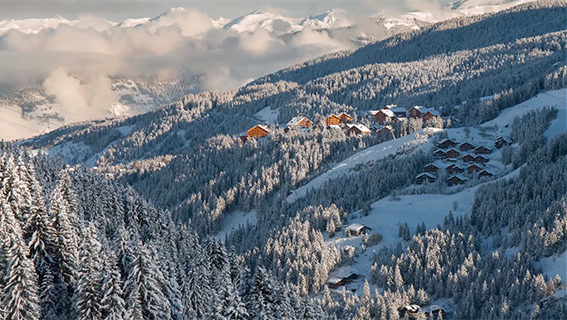
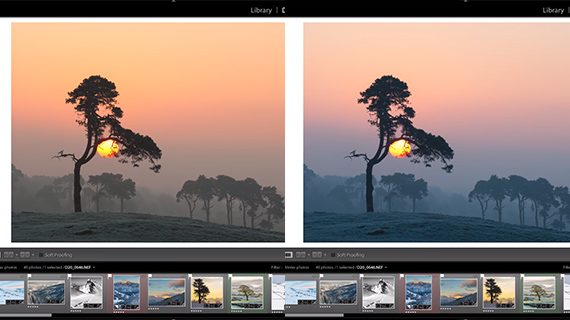
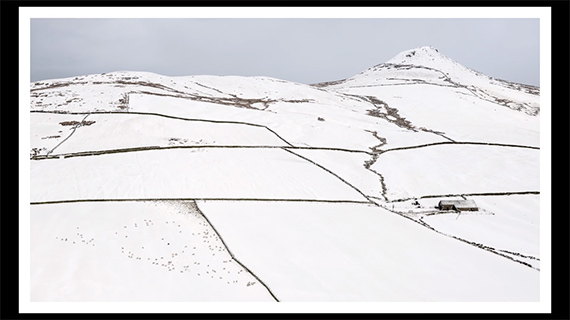
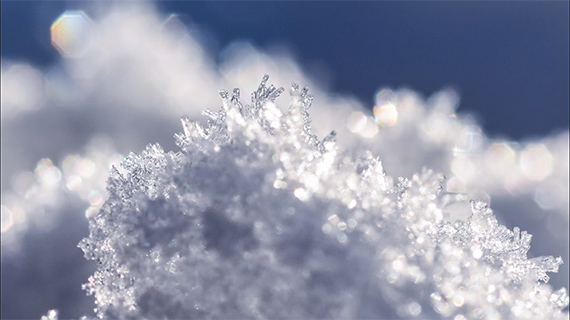
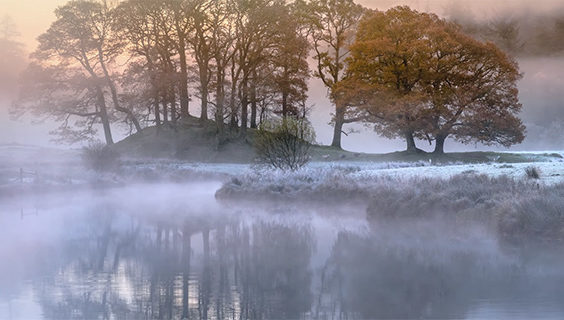
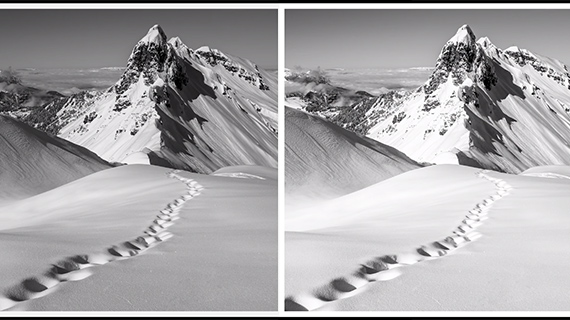
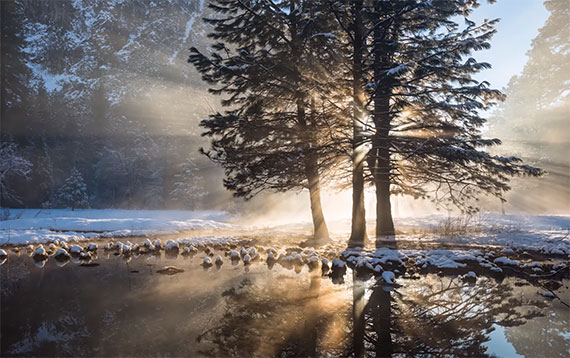

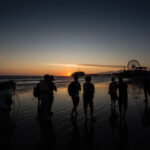

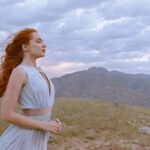
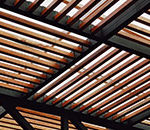
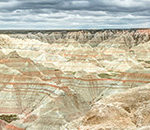
Leave a Reply